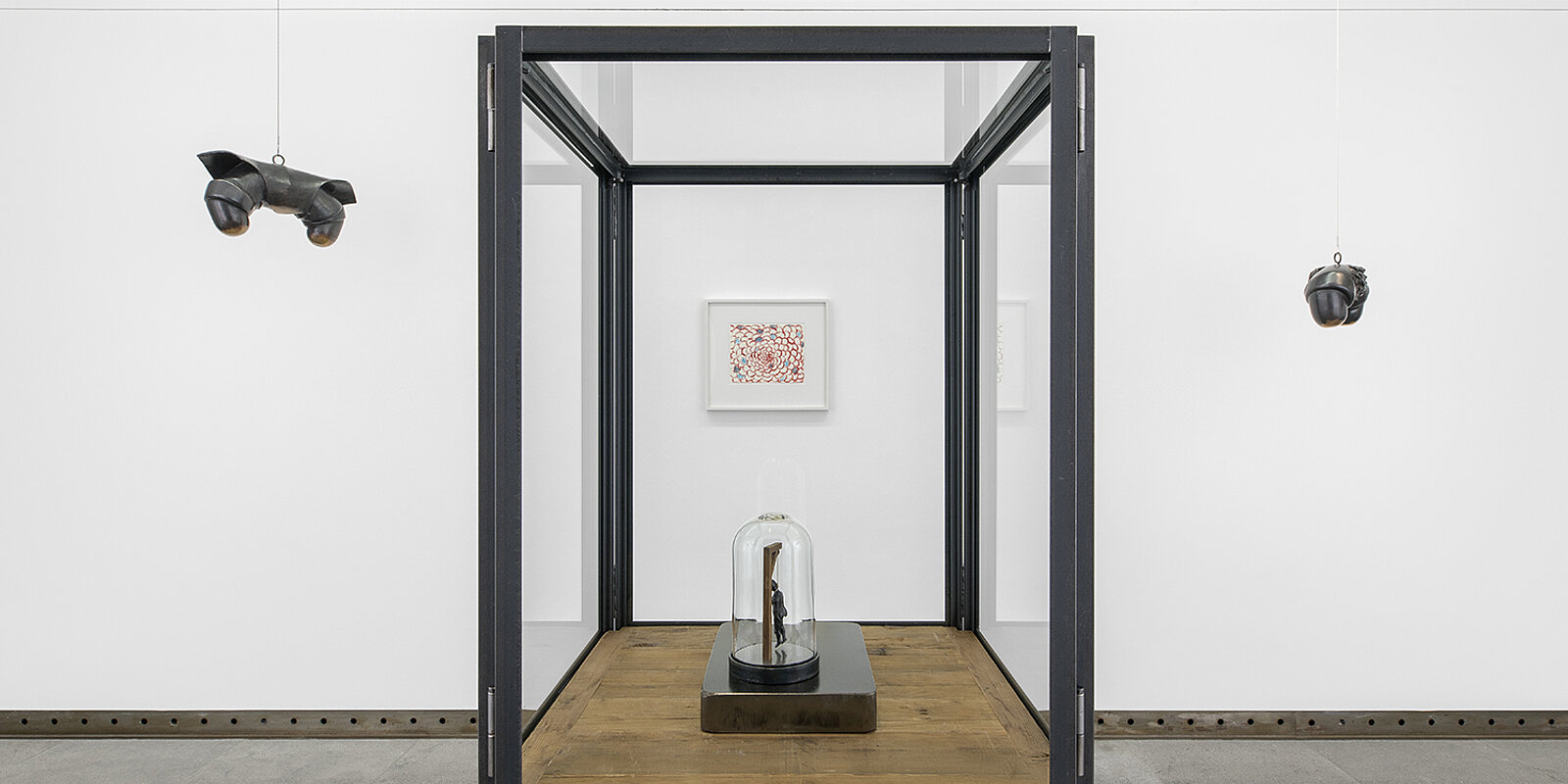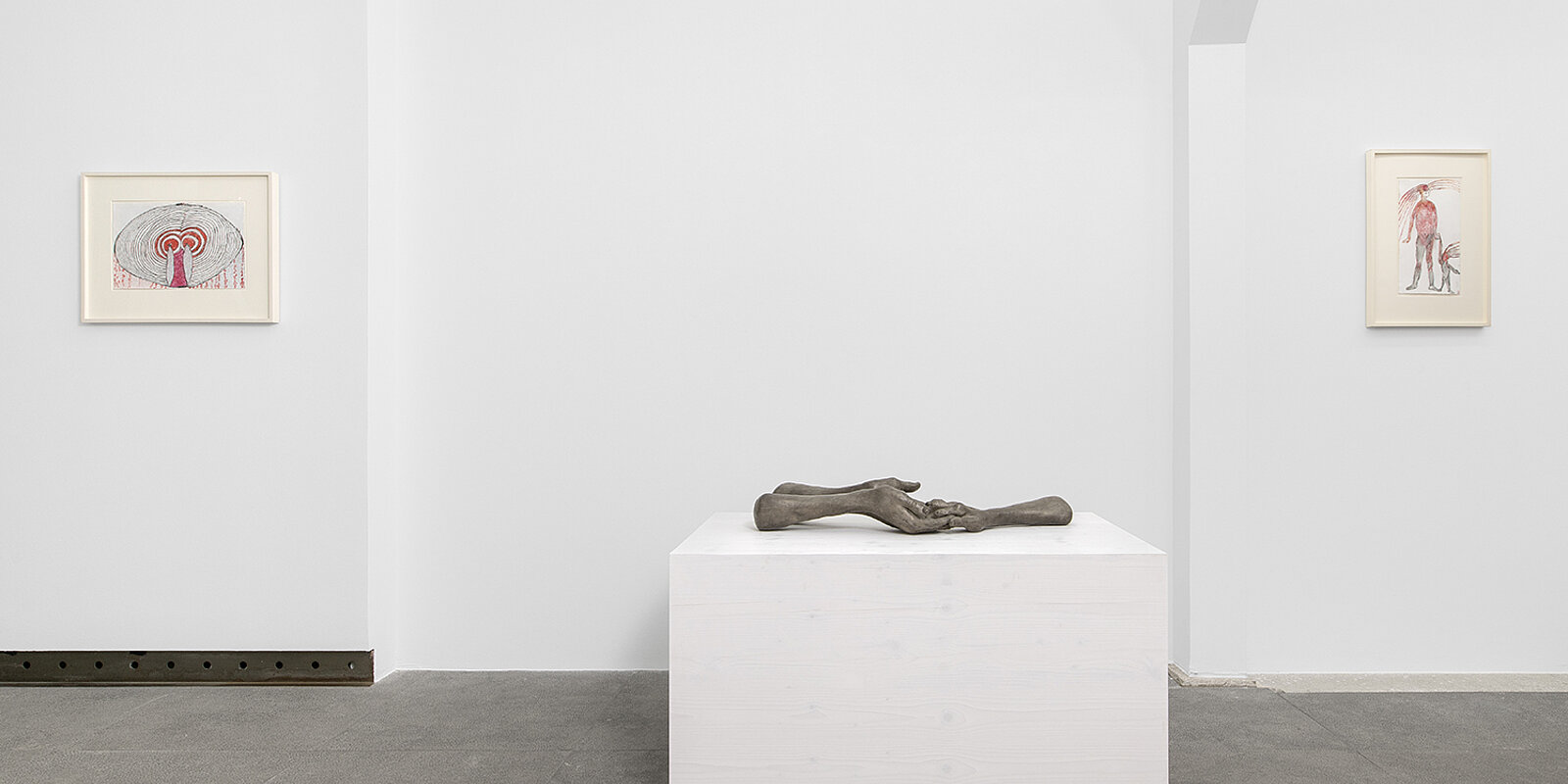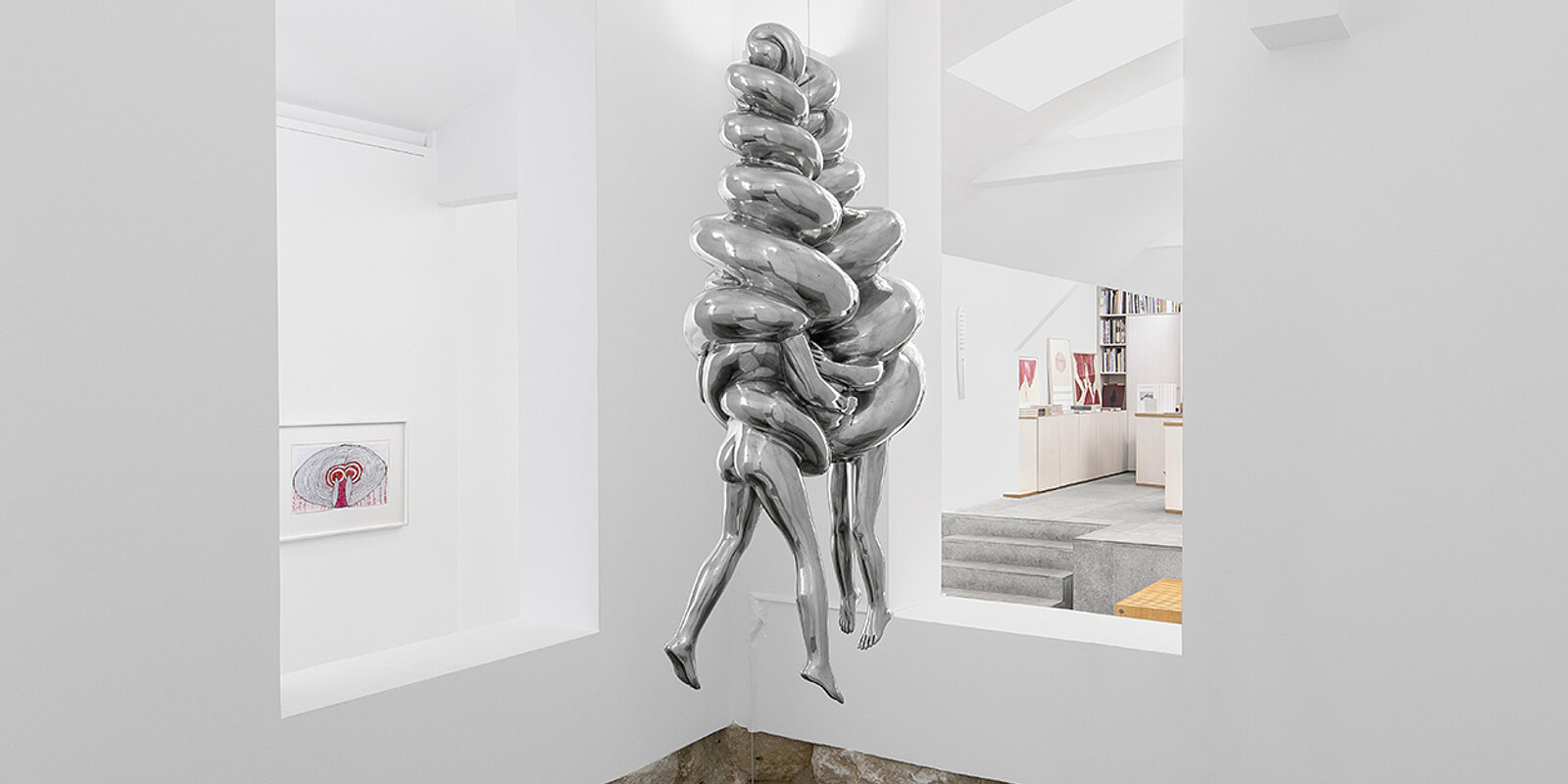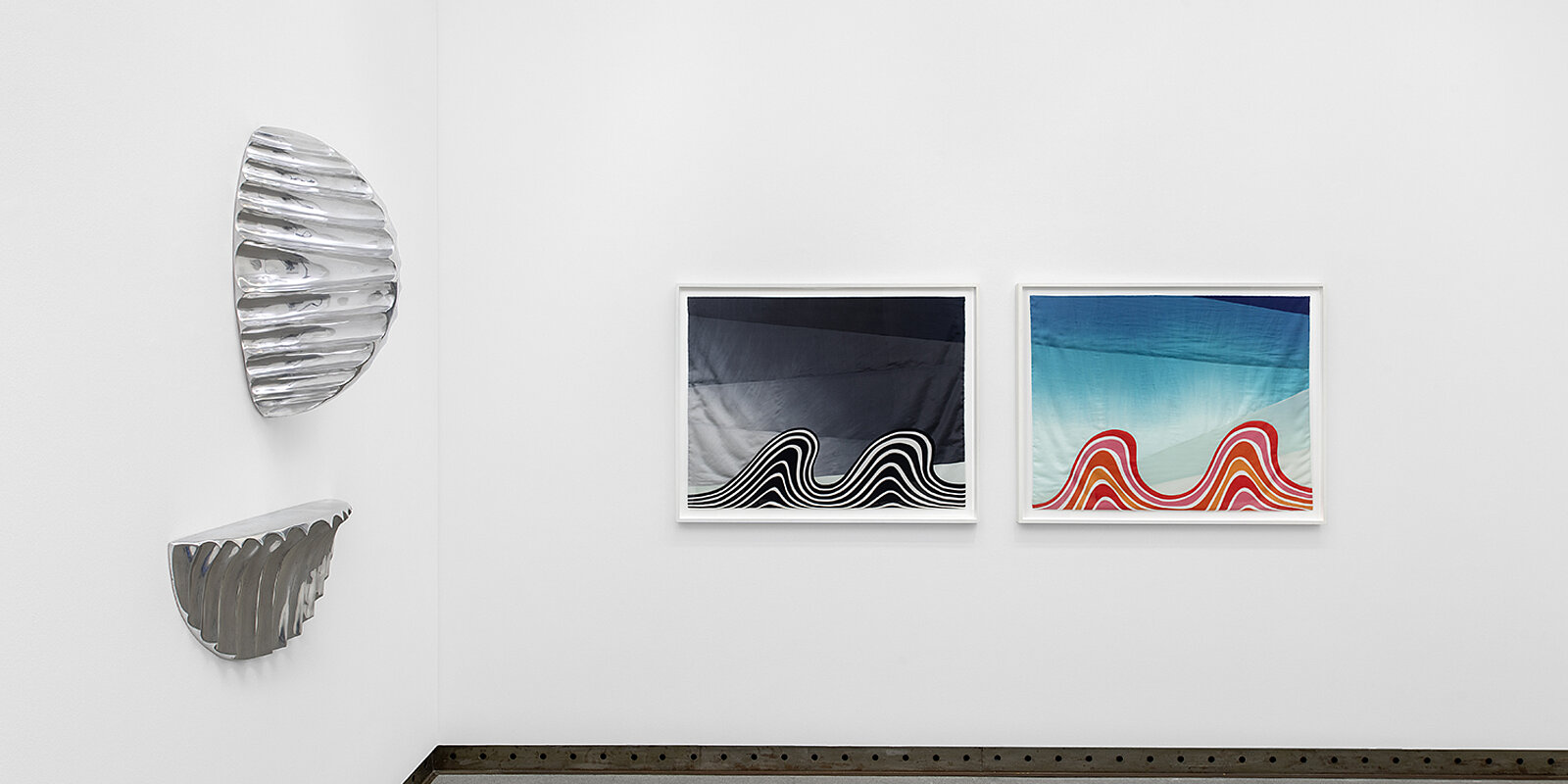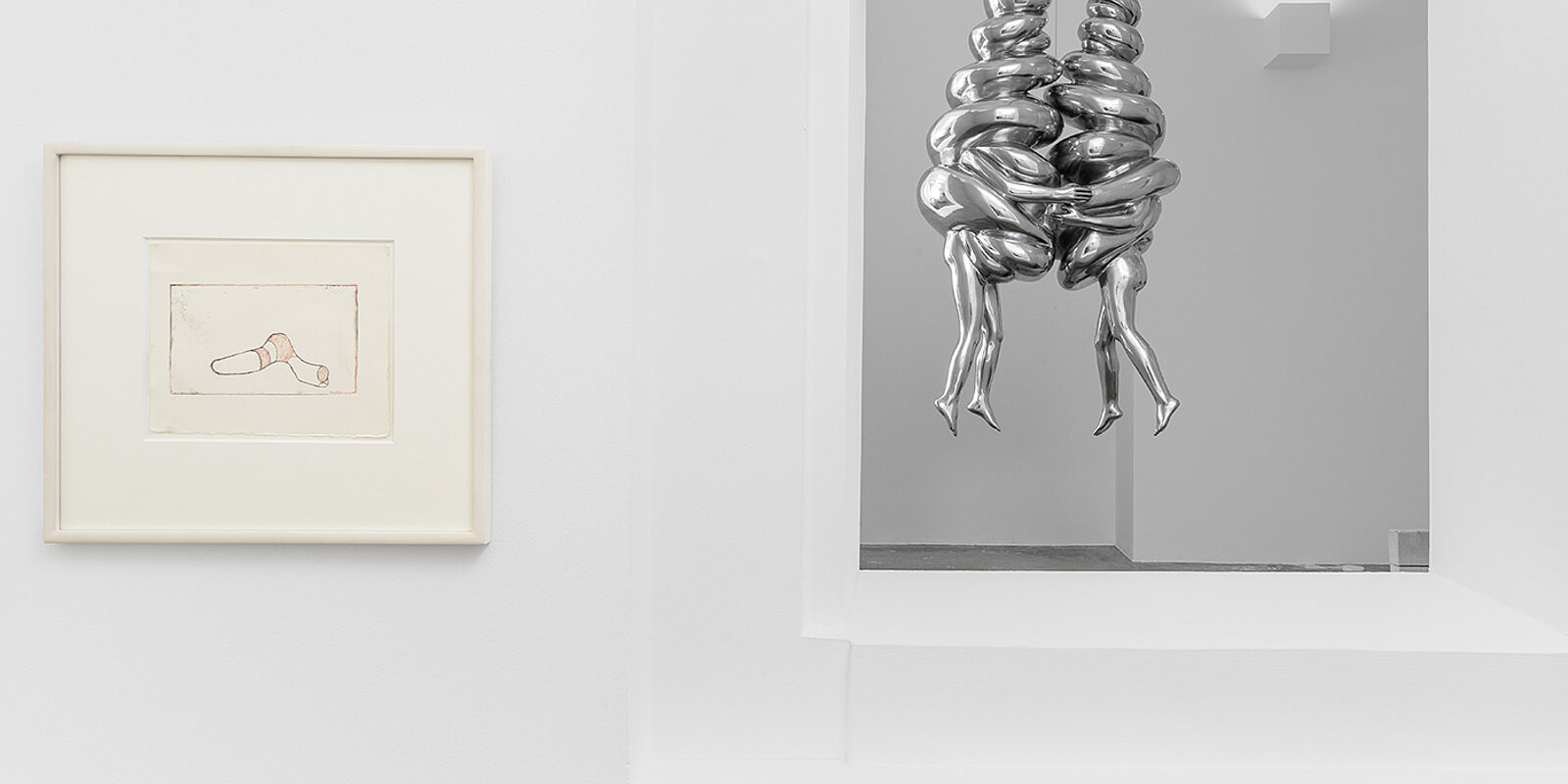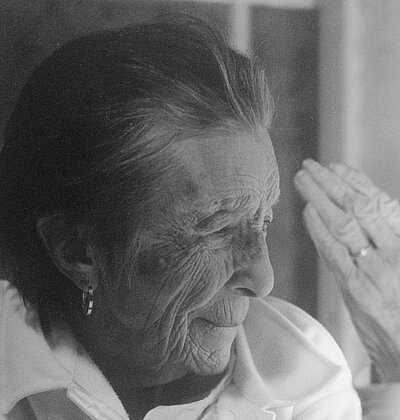Louise Bourgeois: Louise Bourgeois
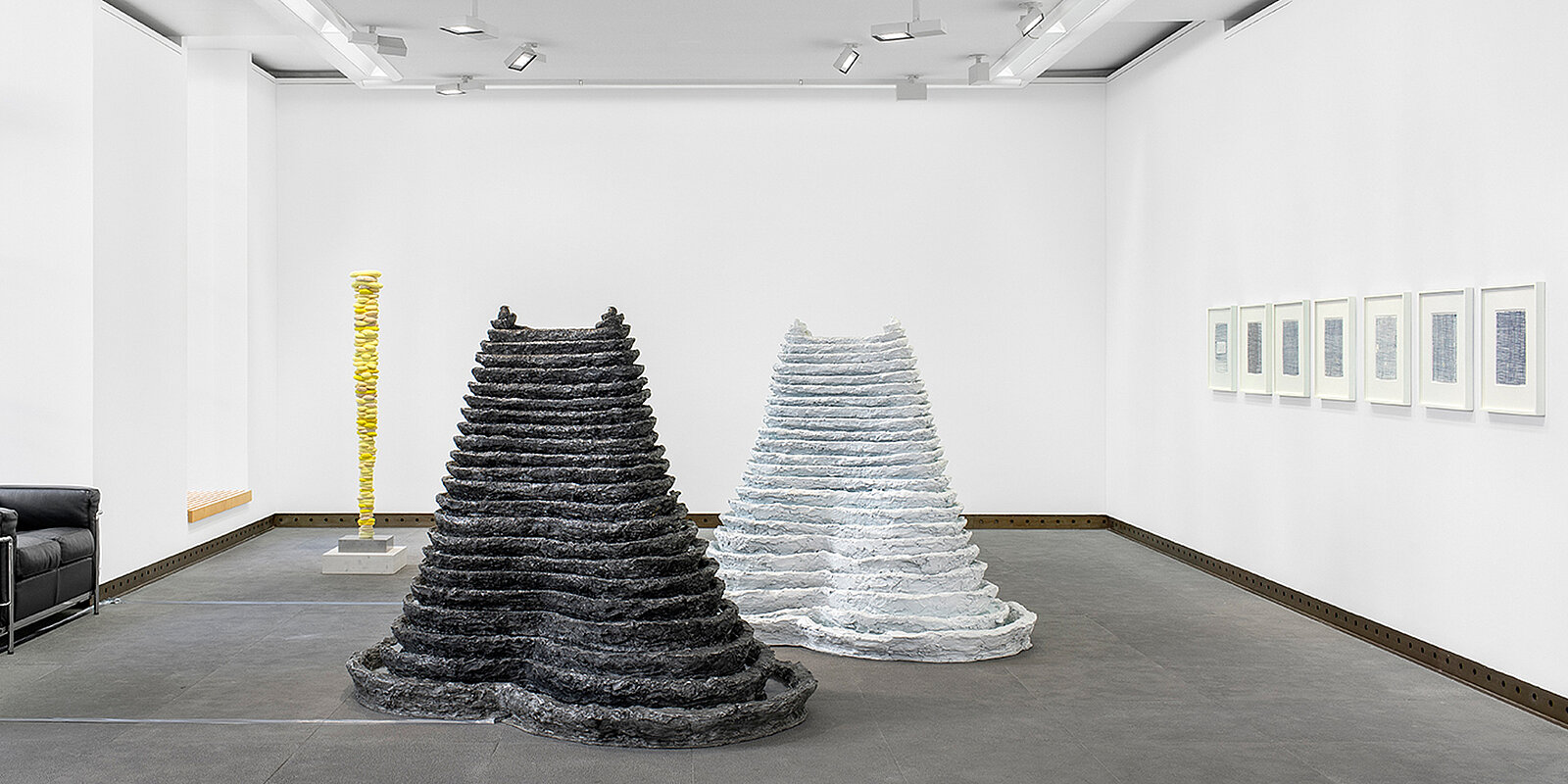
Galerie Karsten Greve Paris
Tuesday - Saturday, 10am - 7pm
The exhibition is extended through August 21, 2021.
Louise Bourgeois, Galerie Karsten Greve, Paris 2020. © Nikolai Saoulski
Galerie Karsten Greve is delighted to present its new solo exhibition dedicated to the oeuvre of Louise Bourgeois (1911 – 2010) at its Parisian gallery. Through a selection of major works created between 1946 and 2007, the exhibition pays tribute to one of the most remarkable visual artists in the history of contemporary art and reflects more than thirty years of close collaboration with Karsten Greve.
Louise Bourgeois could be the artist who most drew on her personal experience and trauma to fuel her work. By using art as a therapy, she gave shape to her emotions and developed a corpus of themes and motifs through her sculptures, drawings, multiples and paintings.
Between 1938, year of her arrival in New York, and 1949, she carried out a limited number of paintings and, in 1945, inaugurated her first solo exhibition at the Bertha Schaefer Gallery with twelve paintings often associated with her arrival in the United States and her relationship with France. Consequently, her painting evolved into a very personal kind of figuration in which the surrealist influences are evident. New Orleans, dated 1946, is a perfect example. A feminine figure is represented in profile: a self‑portrait of the artist holding a bouquet of olive branches. She is turned towards a table featuring motifs that recur throughout her oeuvre: spirals, scissors, the spider, leaves… Moreover, the generalised use of intense blue is a statement of positivity, as, for Louise Bourgeois, the colour symbolised freedom and solace.
That uprooting and her arrival in the United States would be exorcised through sculptures as well as paintings, in her first series she called “Personnages” (“Characters”). At that time, Louise Bourgeois felt a deep nostalgia for France and the relatives and friends she had to leave. Between 1945 and 1955, she designed a series of more than eighty sculptures made from wood or bronze, which she set up on the roof of her building, surrounded by skyscrapers. These precariously balanced slim figures reflected the verticality that surrounded her as well as modernist vocabulary, in line with the shapes of a Brancusi or a Giacometti. They became the symbol of the psychological instability experienced by the artist during those years and a way for her to convoke those she missed. Each totem of the “family” has its own shape, its own individuality. Through them, Louise Bourgeois developed major themes that recur throughout her artistic production such as the theme of maternity in Woman with a Secret (1947), one of the first occurrences of the woman-mother motif. Several of these “Personnages” also blend figures and architectural shapes such as her Portrait de Jean‑Louis (“Portrait of Jean‑Louis”) (1947-1949). In this case, Louise Bourgeois applied the iconography of the woman‑house to her son, born in 1940.
The lower part of the sculpture is anthropomorphic, with two legs clearly outlined, while the upper part is architectural and reminiscent of the New York skyscrapers that fascinated her so.
At the end of the 1990s, Louise Bourgeois revisited these totems with textile versions, in which verticality was created by piling up sewn blocks of fabric. In Sans titre (Calme Toi) (“Untitled (Calm Yourself)”) (2000) and Sans titre (“Untitled”) (2002), these “cushions” combine geometric motifs and plain‑colour fabrics in an unstable heap that seems as though it could collapse at any moment. This use of fabric was a way for Louise Bourgeois to rebuild her own past.
Throughout her career, Louise Bourgeois experimented with various materials for her sculptures. For her totems, she worked with wood, fabric, bronze, and plaster and latex in the 1960s. Her marble works are a tribute to the baroque sculpture of the 17th century and particularly to the Italian sculptor Gian Lorenzo Bernini. Baroque (1970), exhibited at her first retrospective at the Museum of Modern Art (MoMA) in 1982, can be interpreted as a metamorphosis and contemporary readaptation of the famous sculpture Apollo and Daphne. In the 1990s, Louise Bourgeois created a series of works from aluminium. The reflective capacities of the material make it possible to have spectators confront the artist’s message and become the actors of their own psychology, as in Le Miroir (“The Mirror”) (1998) and the mural reliefs Toi et Moi I (“You and Me I”)and Toi et Moi II (“You and Me II”)(1997), the monumental curves of which undulate over the wall. Both reliefs work as complementary motifs in which the concave roundness of the convolutions of one is the counterpart of the edges of the convex reliefs of the other. This perfect but unstable geometry expresses all the ambiguity of the relationships that were both a source of anxiety and a necessity for the artist. The variant of this theme was the motif featuring in Couple, which Louise Bourgeois addressed through sculpture only from the 1990s. In this aluminium version from 2003, she associated a figurative representation of the human body with an abstract spiral motif. Spirals both symbolise complementarity and create distance. The couple is suspended in mid‑air, turning on itself in a state of ambivalence and perpetual fragility, frozen for eternity in an almost embrace.
The spiral motif, fundamental in the oeuvre of Louise Bourgeois, returns in The Fountain Couple (1999). She chose here to represent the duality and complementarity of couples through these two sculptures/fountains made of concentric circles, built to resemble a den. The infinity of these motifs - which she associated with the spins performed to rinse fabrics in the river in her youth – suggests the flowing of life‑giving liquid. In this case, Louise Bourgeois conceived the couple as a refuge, a creative entity.
In addition to sculpture, drawing was the most important means of expression for Louise Bourgeois. By seizing her visual thoughts in mid‑flight and recording them as in a secret diary, her Pensées‑plumes (“Thought-feathers”) were a way of exorcising her anguish. Figurative drawings were, for her, a way to externalise and free herself of negative memories, while abstract drawings came from a profound need for peace. The last years of Louise Bourgeois’ career were marked by a return to the theme of maternity (Femme - “Woman” - 2007). She represented pregnancy, childbirth and breastfeeding in gouache, using an intense red loaded with an expressive force. Red represents both blood and life, passion and love. Simultaneously simple and poetic, painful and soothing, these images convoke overwhelming experiences in her life as both woman and artist.
As well as drawings, the production of multiples (engravings, dry‑point prints and illustrated books) was a significant part of Louise Bourgeois’ oeuvre. Created in 1998, Topiary (The Art of Improving Nature) addressed the theme of topiary, the art of tree‑trimming, and the regenerative power of plants following trauma as a metaphor for personal issues. With Anatomy (1990), she gave shape to the effects of psychological pain on the human body.
